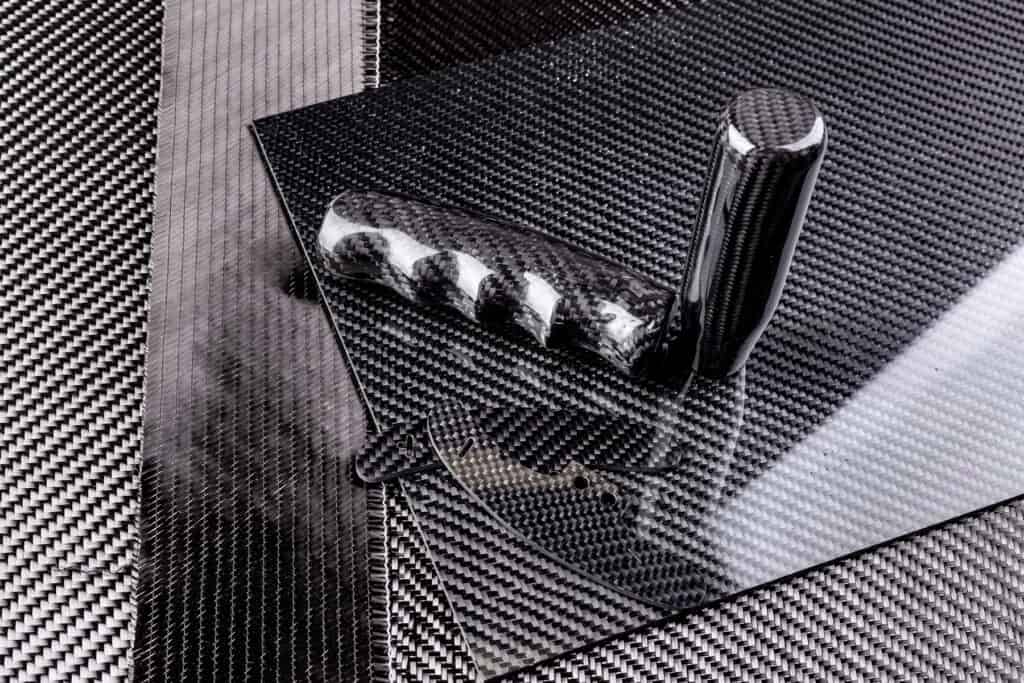5 Myths About Composites (and the Truth Behind Them)

Composites have revolutionized industries from construction and automotive to aerospace and consumer goods. But despite their widespread use, they’re still widely misunderstood. Many assume that composites are just plastics—cheap, weak, or unreliable compared to materials like steel, concrete, and aluminum. But that perception doesn’t align with reality! In this blog, we’re debunking five common myths […]
Investing in Quality: Why High Performance Pays Off

Picture this: Two companies are faced with a critical purchasing decision. One opts for a low-priced product, eager to save on upfront costs, while the other chooses a higher-quality option, recognizing its long-term value. At first, the low-cost route seems like a smart move. But over time, this company finds itself grappling with frequent breakdowns, […]
Unleashing the Power of Composite Epoxy Systems: Enhancing Performance and Durability Across Industries

Copps Industries’ composite epoxy systems are engineered to meet unique challenges in high-stakes industries where strength, durability, and adaptability matter. From automotive to marine to aerospace, we develop solutions to elevate performance, drive versatility, and reduce costs. Copps Industries is committed to developing customizable solutions to meet the exacting demands of diverse industries. Here, we’re […]
Sustainable Solutions: The Promise of Bio-Based Epoxy Products

At Copps Industries, we understand that sustainability isn’t just a buzzword—it’s the future of manufacturing. While the demand for bio-based products hasn’t yet taken hold in many markets, we’re staying ahead and preparing for these innovative solutions to someday become indispensable. The future of bio-based epoxy resins is promising, with the market projected to grow […]
Recap: World of Concrete 2025

Recap: World of Concrete 2025 The power players of concrete and masonry came together in Las Vegas for World of Concrete 2025, the industry’s largest and only annual international event dedicated to commercial concrete and masonry construction. Over three action-packed days, professionals from around the world connected to explore cutting-edge technologies and share industry insights. […]
A Legacy for All: The Story of Copps Industries and Why it Matters to You
Over beers and peanuts one day in 1979, Pat Copps and his business partner laid the foundation for a company that values integrity, quality, and service above all else. What started as a small partnership has evolved into a company known for its high-quality products and customer-centric approach. When you choose to work with Copps […]
Copps Industries: Your Process Partner

At Copps Industries, we redefine what it means to be a supplier. Beyond just delivering products, we act as a dedicated partner committed to your success. From our Virtual Chemist services to our unique process engineering expertise, we’re here to develop the right product formulations and advise on the ideal process for what you want […]
What Copps Is Doing for You in 2025
At Copps Industries, we’re committed to delivering innovative solutions that meet the evolving needs of our customers. As we look toward 2025 and beyond, we’re excited to share some of the key initiatives we’re focused on to shape our success and yours. From expanding our already robust product lines to refining our processes and enhancing […]
